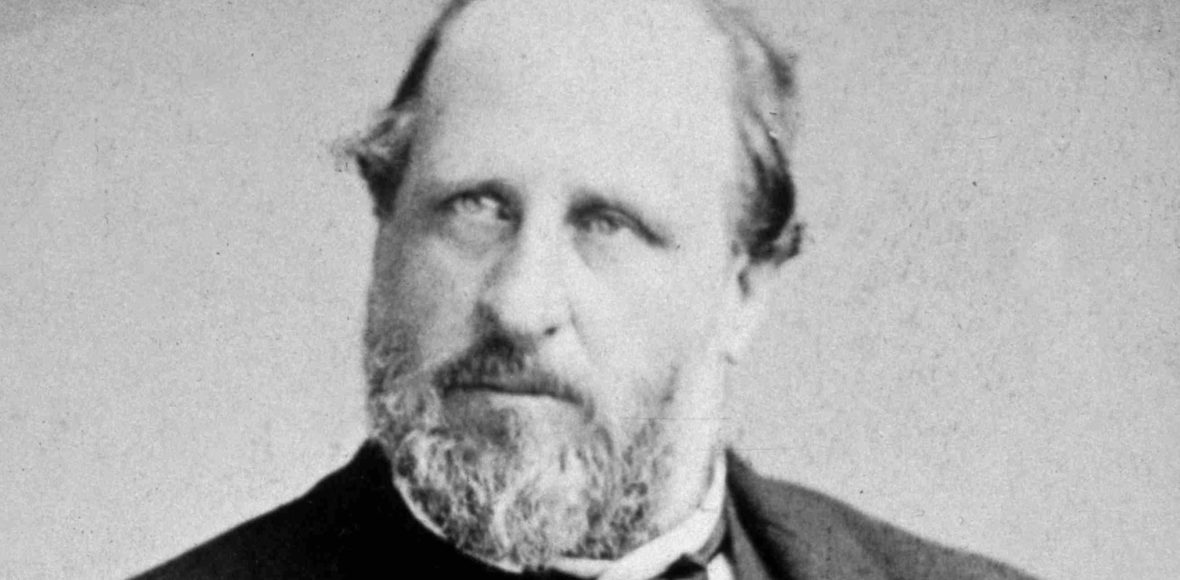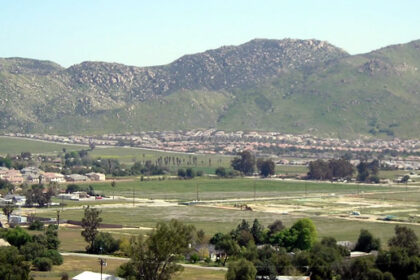William Magear Tweed, widely known as “Boss Tweed,” was an American politician most notable for being the “boss” of Tammany Hall, the Democratic Party political machine that played a major role in the politics of 19th century New York City and State. Take a look below for 29 more bizarre and interesting facts about William M. Tweed.
1. At the height of his influence, Tweed was the third-largest landowner in New York City, a director of the Erie Railroad, a director of the Tenth National Bank, a director of the New York Printing Company, proprietor of the Metropolitan Hotel, a significant stockholder in iron mines and gas companies, a board member of the Harlem Gas Light Company, a board member of the Third Avenue Railway Company, a board member of the Brooklyn Bridge Company, and the president of the Guardian Savings Bank.
2. Tweed was elected to the United States House of Representatives in 1852 and the New York County Board of Supervisors in 1858, the year he became the head of the Tammany Hall political machine.
3. He was elected to the New York State Senate in 1867, but Tweed’s greatest influence came from being an appointed member of a number of boards and commissions, his control over political patronage in New York City through Tammany, and his ability to ensure the loyalty of voters through jobs he could create and dispense on city-related projects.
4. Tweed was convicted for stealing an amount estimated by an alderman’s committee in 1877 at between $25 million and $45 million from New York City taxpayers through political corruption, although later estimates ranged as high as $200 million.
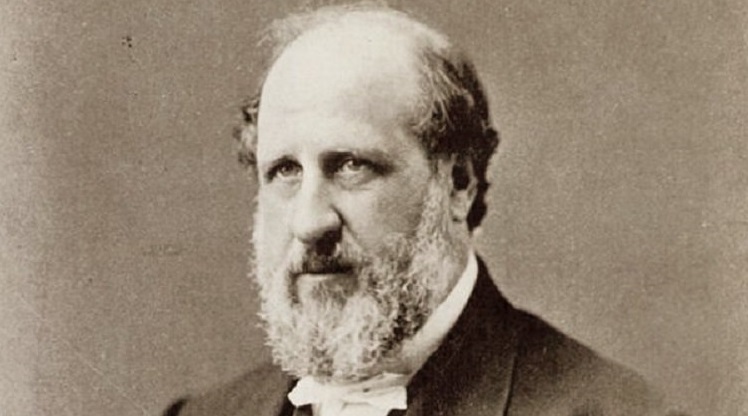
5. Unable to make bail, he escaped from jail once, but was returned to custody.
6. Tweed was born on April 3, 1823, in Manhattan.
7. His father was a third-generation Scottish-Irish chair maker.
8. He didn’t receive much formal education and dropped out of school at the age of 11 to learn his father’s trade.
9. A couple of years later, he became an apprentice to a saddler.
10. He worked as a brush-maker for a while before joining the family business in 1852.
11. He was a member of a volunteer fire company which served as a recruiting ground for political parties.
12. He was actively courted by the Democrats and was elected to the United States House of Representatives in 1852.

13. Tweed was by no means a trained lawyer, but his friend Judge George G. Barnard, certified him as an attorney and Tweed soon opened a law office.
14. In the 1860s, he became the chairman of the Democratic General Committee and was then chosen to be the head of Tammany’s general committee in January, 1863.
15. He wasted no time in tightening his hold on power by using various means and within months began to be referred to as “Boss.”
16. He now started increasing his wealth by adopting illegal means.
17. He extorted large sums of money from various corporations for his so-called “legal services”, and bought the New York Printing Company and the Manufacturing Stationers’ Company.
18. Under his ownership, both the companies started overcharging for their goods and services.
19. In 1868, he became a state senator and also the grand sachem of Tammany Hall. By now, he was one of the most powerful Democratic politicians in both the New York City and state.
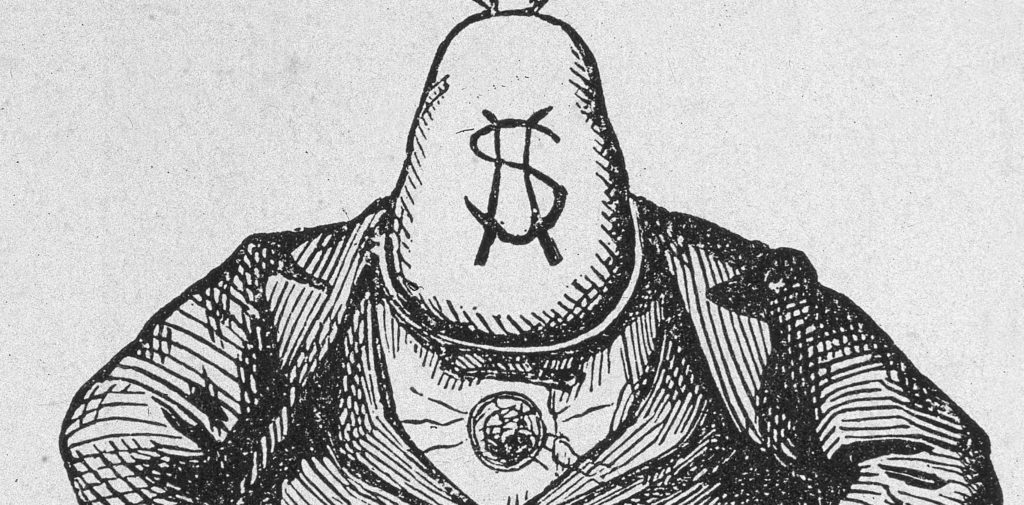
20. In order to strengthen his stance, he had his candidates elected as mayor of New York City, and governor, and speaker of the state assembly.
21. In April, 1870, Tweed secured the passage of a city charter which put control of the city’s finances in the hands of a Board of Audit, which consisted of Tweed, who was Commissioner of Public Works, Mayor A. Oakey Hall, and Comptroller Richard “Slipper Dick” Connolly, both Tammany men.
22. The men began stealing money from the New York City government and defrauded the taxpayers of several millions of dollars. New York City’s debts increased from $36 million to 1868 to about $136 million by 1870, with little to show for the debt.
23. By 1871, he had become a member of the board of directors of not only the Erie Railroad and the Brooklyn Bridge Company, but also the Third Avenue Railway Company and the Harlem Gas Light Company.
24. He also amassed a big fortune through real estate dealings.
25. The citizens were growing increasingly frustrated at the rampant political corruption that Tweed and his associates engaged in and people desperately wanted to topple Tweed from power.
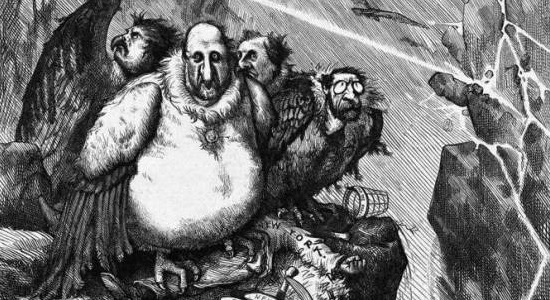
26. His exploits were exposed by The New York Times and Harper’s Weekly, and also by the efforts of a reform lawyer, Samuel J. Tilden.
27. Tweed was finally brought to trial on charges of forgery and larceny, and was convicted and imprisoned in 1873. However, he was released in 1875 and again arrested on a civil charge. He managed to escape and fled to Cuba and then to Spain.
28. He couldn’t evade arrest for long and was captured again and imprisoned in a jail in New York City for the rest of his life.
29. He died in the Ludlow Street Jail on April 12, 1878, from severe pneumonia, and was buried in the Brooklyn Green-Wood Cemetery. Mayor Smith Ely wouldn’t allow the flag at City Hall to be flown at half staff.

